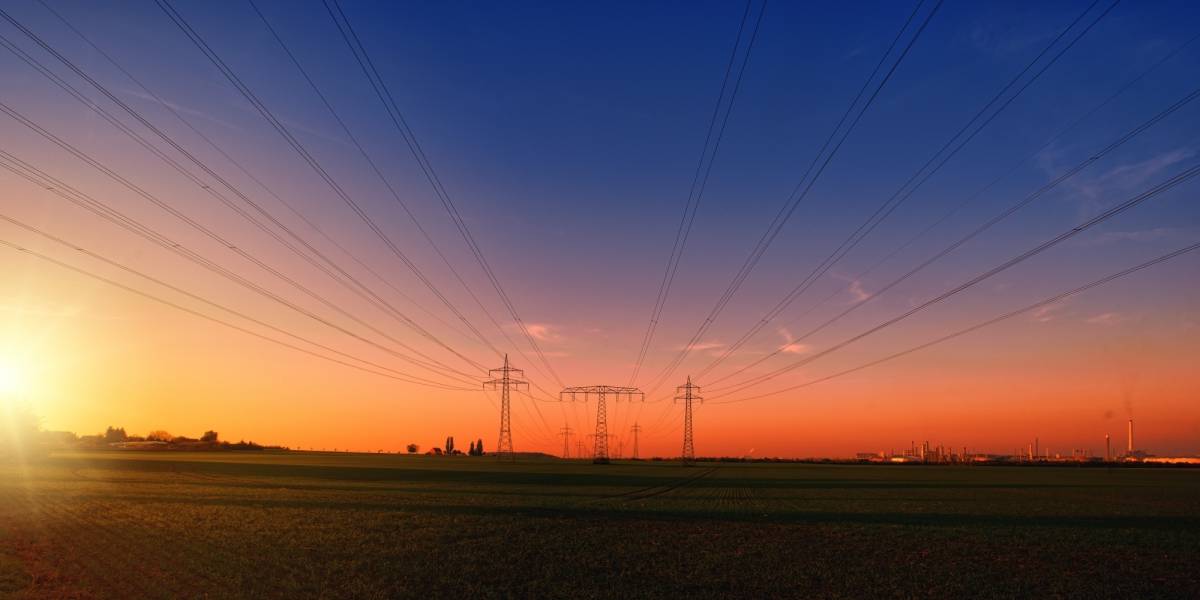Many parts of the area were without electricity on Tuesday, especially in rural parts where residents are also without water….reports Asian Lite News
Power outages caused by the destructive storm that swept across Canadian provinces of Ontario and Quebec stretched into the fourth day.
An intense wall of thunderstorms swept across Ontario and into Quebec on Saturday, with high winds knocking down trees and bringing down power lines, killing 10 people and knocking out electricity for millions.
Many parts of the area were without electricity on Tuesday, especially in rural parts where residents are also without water.
Canada’s capital city Ottawa was one of the worst-hit areas, Ottawa Mayor Jim Watson spoke to residents and the media in a virtual press conference on the storm damage and rescue efforts.
“I was out in four or five different parts of the city today (Tuesday) and I’ve seen firsthand some of the devastation that is taking place,” Watson said. “Now the city has reached out to the province, I spoke to the premier yesterday to see what additional support we can get from them to help at our recovery.”

The storm traveled from the west part of Ontario and as it passed over Ottawa and Quebec it hit the region with an abrupt combination of rain and wind. Clean-up continued on Tuesday as crews grappled with downed power lines and trees, battered neighbourhoods and increased calls for service.
David Phillips, Senior Climatologist for Environment Canada, spoke with Xinhua from his home in Barrie, Ontario, and said these storms aren’t common. What’s difference in this case is the storm wall, the “derecho”, which travelled across some of the biggest cities in the region, whereas normally they happen in northern forested regions where nobody is very affected.
He also pointed out that this storm happened in May, when there are enough leaves on the trees to catch wind and add stress on the plants in big winds, but not late enough in the season for the roots of the plants to have gotten to the full strength they gain in July.
“What surprised me was this is sort of almost like a winter kind of event that stretches from the southern part of the province right up to the central to the northeastern and into Quebec, almost half a continental wide. It was the collection of systems that moved very rapidly and the winds were fairly powerful. In Ottawa, for example, the wind speeds were up to 120 kilometers per hour, I think the winds probably were stronger at other places,” Phillips said.
“Millions of people were affected by this storm. The significant impact of the storm was the deaths of 10 people. The power outages are really significant. Almost a million people were without power. Some were for short time, but others will probably be a week before they get power restored to their facility. It’s a big headliner and it should be it’s a major weather catastrophe here in Ontario and Quebec,” he said.
Speaking with the news agency from her home in Mississauga, Ontario, Tiziana Baccega Rosa, spokesperson for Hydro One, the largest supplier of electricity in the province of Ontario, said, “We have 150,000 customers still to restore within Hydro One service territory. Crews have returned and restored power to over 480,000. And that number will continue to grow.”
Hydro One is pulling out all of the stops to combat this emergency, the spokesperson said. “We had a group come up on Monday night. And so in total we have 500 additional skilled labour to help us get the power back on here.”














